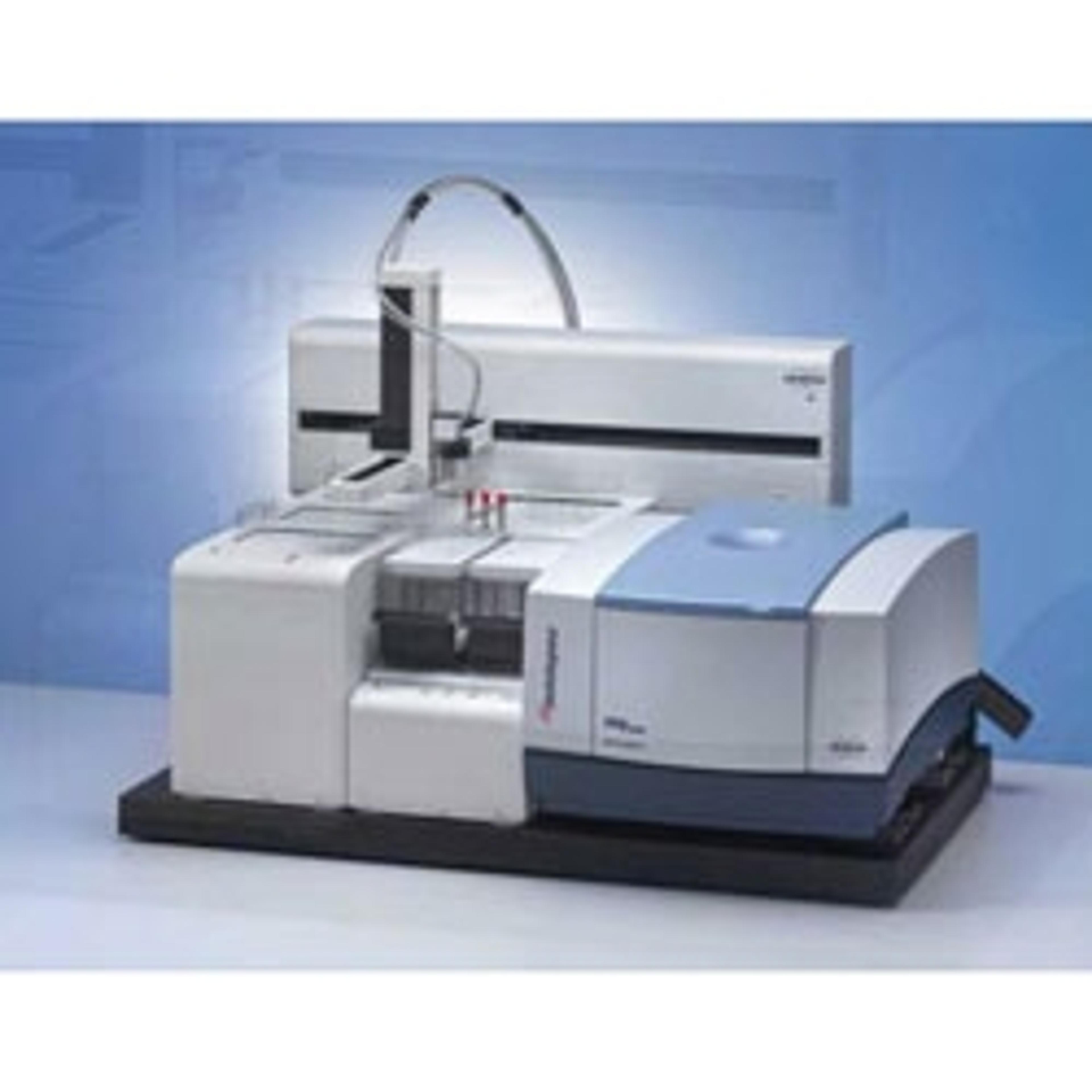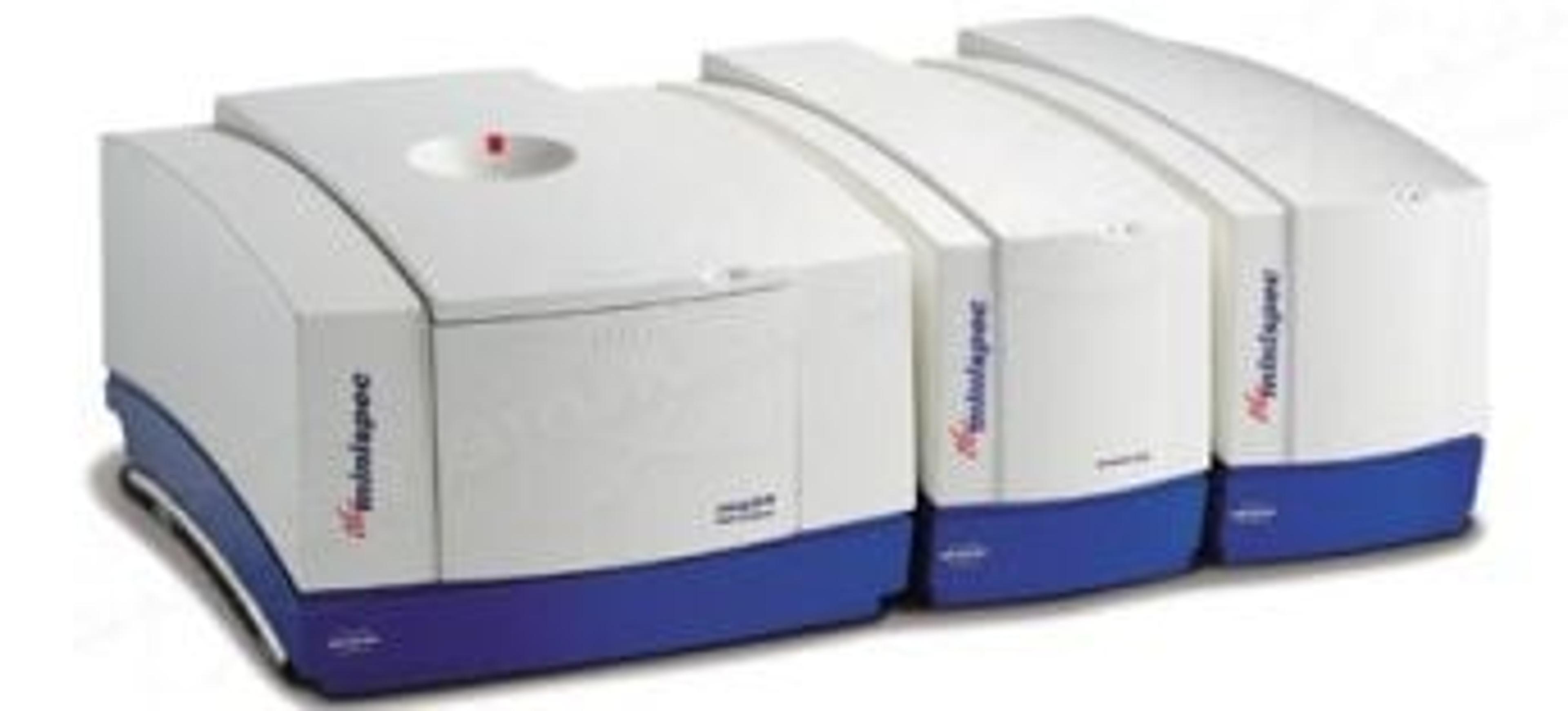Rapid characterization of fats in the chocolate industry
Sample preparation usually takes a lot more time than decision makers have
9 Dec 2019Chocolate producers and suppliers of fats and fat mixtures to the chocolate industry are often under pressure to decide within the shortest time after the arrival of a new shipment; if the crystallization behavior of the fat or fat mixture matches the requirements of the respective product.
The time-domain nuclear magnetic resonance (TD-NMR) measurement of Solid Fat Content (SFC) in fats and fat compositions using the Direct and Indirect method are well established official standard methods (ISO, AOCS, IUPAC).
While the measurement takes just 6 seconds, the sample preparation (including melting the fat or fat mixture, filling the sample tube, tempering it at melting temperature, and crystallizing the fat sample in a certain polymorph plus the subsequent tempering at the measurement temperature) takes a lot of time. Especially for cocoa butter. When using cocoa butter equivalents and similar fats the whole sample preparation takes 44.5 hours. This is far too long to decide if the crystallization behavior of the fat or fat mixture matches the requirements of the product or not. At chocolate industry sites, shipments arrive with the fat composition and the decision has to be made within 2 hours to unload them or not. Moreover, the end-use of the fat in processing (filling, covering, etc.) has to be decided.
Based on these requirements Analytik partner Bruker BioSpin developed the Dynamic Fat Crystallisation application using the Minispec MQ 20. It provides a crystallization pattern of fat on a timeline by measuring the solid fat content. This indirectly shows the initial crystallization, the main crystallization step, and the final Solid Fat Content within 2 hours. Based on the speed of the crystallization and the final Solid Fat Content, QC managers at factories can decide if the delivered fat is acceptable and unloaded or rejected, or if fat or mixtures are used for filling or covering applications. A correlation between the measured fat crystallization pattern and product crystallization in the production line helps to improve product quality.
Want more of the latest science news straight to your inbox? Become a SelectScience member for free today>>


